Struggling with tree removal? Here’s the Fix Now
Did you know that DIY tree removal leads to over 20,000 injuries in the U.S. each year? What seems like a weekend chore can quickly spiral into a high-risk project with hidden costs and dangers. This guide exposes why tree removal is far more complex than most homeowners believe—and shows you how to fix the problem safely, affordably, and with complete peace of mind.
A Surprising Fact About Tree Removal: Why It’s More Complicated Than You Think
Many homeowners are shocked to discover that tree removal is rarely a simple case of grabbing a saw and getting to work. In fact, tackling a mature tree—especially one close to your home, power lines, or neighbors—demands not only specialized equipment, but also technical expertise and knowledge of regional regulations. Untrained attempts at tree removal can result in substantial property damage, personal injury, and liability issues. In some cities, removing certain species without a permit can lead to hefty fines or even legal action. Homeowners may also be unaware of underground utilities or root systems that could affect the entire surrounding area. All of these factors combined make it clear that professional tree removal service is not only safer, but often more cost-effective in the long run.
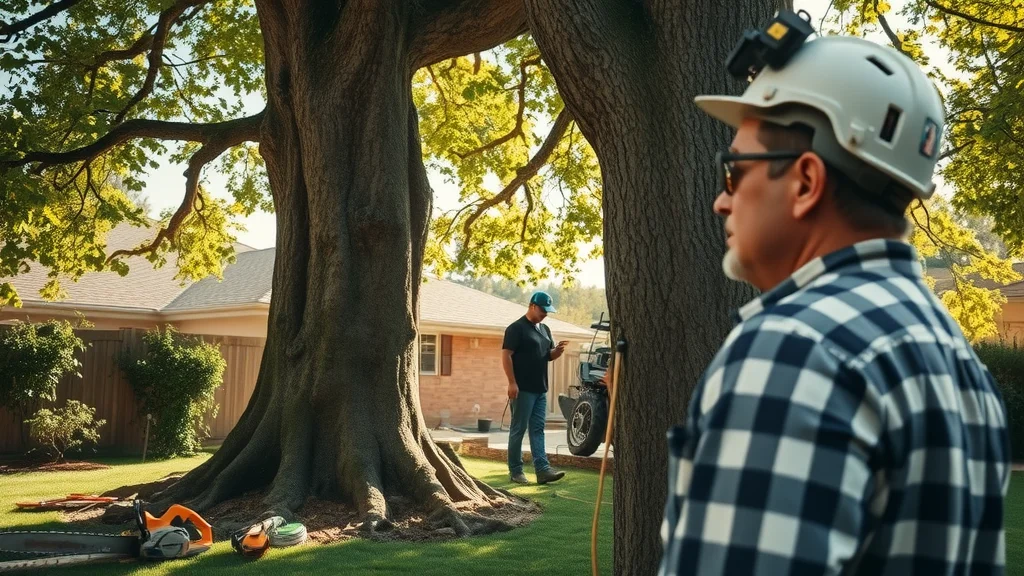
Tree Removal at a Glance: What Homeowners Must Know
Before arranging for tree removal, it’s crucial to understand the process, the professionals involved, and the potential risks. Working with a tree expert or certified arborists ensures each step, from initial assessment to final cleanup, is done right. Key considerations include tree size, location, structural condition, and proximity to structures or power lines. Tree removal companies follow industry best practices to safely and efficiently remove trees, handle hazardous limbs, and address stumps, often leaving your property cleaner and safer than before. The right tree service goes beyond simply cutting—providing expert guidance, proper disposal, and support with permits or city inspections when needed.
- Why tree removal is riskier than it appears
- The difference between tree removal and other tree services
- When and why to call a tree expert or certified arborists
- How removal costs are calculated—and how to save
- Affordable or even free solutions for homeowners
- Answers to the most common tree removal questions
Understanding Tree Removal: Key Services and Terminology
Navigating the world of tree removal begins with learning core terms and services. While it sounds straightforward, not all companies offer the same range of services. There’s a major distinction between simple removal, full-service tree service (which can include trimming, disease management, and emergency response), and tree care such as pruning and health assessments. Homeowners should become familiar with the value a tree expert brings—having a professional with the right experience and credentials ensures not only safe removal, but also the preservation of the surrounding landscape.
Tree Removal vs. Tree Services: What’s the Difference?
It’s easy to confuse tree removal with general tree services, but the difference is important—and affects the service and outcome you receive. Tree services refers to a broad collection of offerings, including pruning, disease assessment, cabling, and root aeration. Tree removal service, on the other hand, is the targeted act of taking out a tree—usually due to risks, disease, construction, or aesthetics. Many tree removal companies are full-service and can handle everything from removing a single tree to redesigning your landscape, but others focus exclusively on safe elimination. Knowing the distinction helps you communicate your goals and select the right professionals for your needs, whether you’re addressing overhanging limbs or removing a threatening tree.
The Role of a Tree Expert and Certified Arborists in Safe Tree Removal
When it comes to tree removal, only a true tree expert—preferably an ISA certified arborist—should lead the process. These professionals are trained to assess tree health, structural risk, and removal difficulty. Certified arborists adhere to industry safety codes, use the proper equipment, and consider the health of remaining trees and the surrounding area. Their expertise can reduce your liability, prevent injuries, and ensure ecological balance in your yard. Many insurance companies require that you hire accredited or certified tree removal service companies—especially for work near utilities or on large, dangerous trees. By choosing a tree expert, you invest in both immediate safety and long-term landscape health.
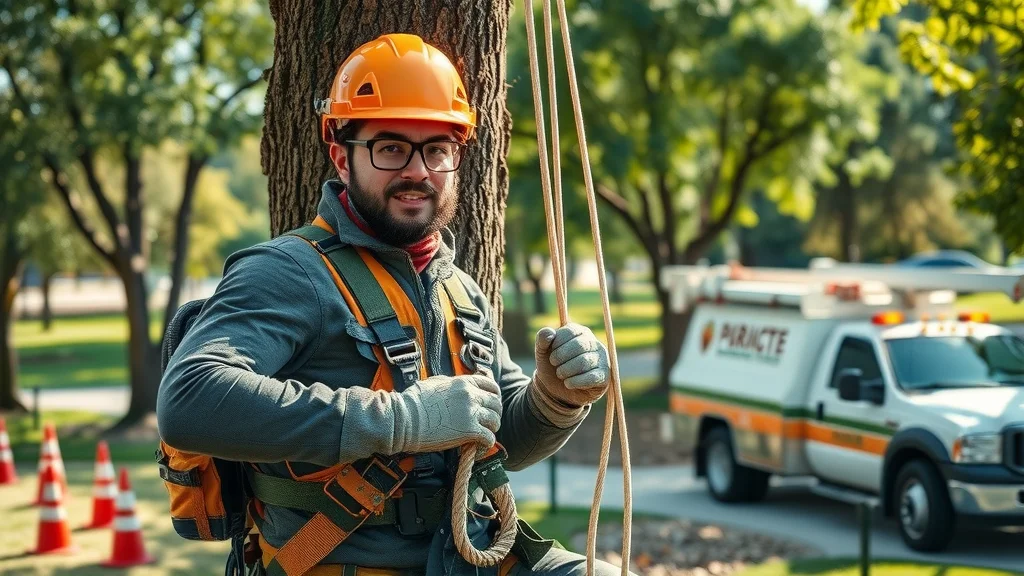
Professional Tree Removal Service: What to Expect
Working with a professional tree removal service ensures efficiency, safety, and transparency from start to finish. The process usually begins with an onsite evaluation to assess the tree, the surrounding area, and potential hazards like near power lines, fences, or neighboring structures. Once the plan is established, the team will use advanced equipment—ropes, pulleys, cranes, and saws—to reduce the tree in sections, minimizing the risk to people and property. Professional tree service companies also handle site cleanup, stump grinding or removal, and haul away debris. Expect upfront communication about timing, permits, and cost, ensuring you’re included in each decision. A quality company will protect your landscaping and leave your property ready for the next step—be it a new garden, fence, or simply peace of mind.
When Tree Removal Is Necessary: Signs You Should Act Fast
Delaying necessary tree removal can have disastrous effects on your property and family safety. It’s essential to recognize the warning signs that your tree poses a hazard. The earlier you act, the easier—and sometimes less costly—the removal will be. Inspections by a tree expert can reveal hidden problems invisible to the untrained eye, such as internal rot, root damage, or pest infestations. Ignoring these issues could result in severe storm damage, falling branches, or even complete tree collapse.
Tree Care Signs: Is It Time for Tree Removal?
If your tree displays structural instability, visible disease, excessive leaning, or recurring dead limbs, it may be time to consider tree removal. Other key indicators include root upheaval, fungal growth, cracks in the trunk, and trees too close to power lines or foundations. Sometimes, sudden soil erosion or exposure of roots after heavy rain can signal urgent action. During routine tree care or after a major storm, always inspect the tree’s base, main trunk, branches, and canopy for warning signs. If in doubt, a quick consultation with a tree expert will help you determine whether it’s time to remove the risk.
Why You Shouldn’t Delay Tree Removal—Risks and Consequences
Waiting too long for tree removal increases the risk of property damage, personal injury, and even neighborhood hazards. Diseased or unstable trees are often unpredictable—collapsing during storms, damaging roofs, vehicles, or power lines. Insurance may not cover damages if you neglect to address a known risk, and emergency removals during a crisis are typically more expensive than scheduled work. On top of the potential financial strain, there’s a liability factor: if a dangerous limb or trunk causes harm to a neighbor or passes over a public sidewalk, you could be held responsible. The best strategy is preventive—engage a professional tree service to inspect, advise, and, if needed, remove at the first sign of trouble.
Tree Removal Cost: Breaking Down the Pricing Structure
One of the most common homeowner concerns is the cost of tree removal. Prices can vary dramatically based on tree size, species, location, accessibility, and even the region in which you live. It’s important to understand the various factors influencing your final tree removal cost, as well as how to spot hidden fees or unnecessary upselling from removal companies. By being informed, you empower yourself to budget realistically, avoid surprises, and seek out discounts or assistance programs.
Factors Affecting Tree Removal Costs
Several variables determine the final price you can expect to pay for a tree removal service. The most significant is tree height—removing a small ornamental tree could cost a fraction of what it takes to remove a towering oak or pine. Other factors include the tree’s trunk diameter, proximity to structures, surrounding landscaping, accessibility for heavy equipment, and any immediate danger posed by the tree (i.e. storm damage or disease). Stump removal, limb chipping, and site restoration often cost extra. Expect to pay more for emergency response, jobs near busy streets, or removals requiring special equipment. Always ask your tree service company to itemize their quote, so you can fully compare your options.
| Region | Small Tree (15–30 ft) | Medium Tree (30–60 ft) | Large Tree (60+ ft) | Stump Removal (per stump) |
|---|---|---|---|---|
| Midwest | $250–$550 | $500–$1,200 | $1,100–$2,000 | $85–$250 |
| South | $200–$500 | $450–$1,000 | $1,000–$1,800 | $65–$220 |
| Northeast | $275–$650 | $600–$1,250 | $1,200–$2,100 | $85–$300 |
| West Coast | $300–$750 | $700–$1,300 | $1,200–$2,300 | $95–$350 |
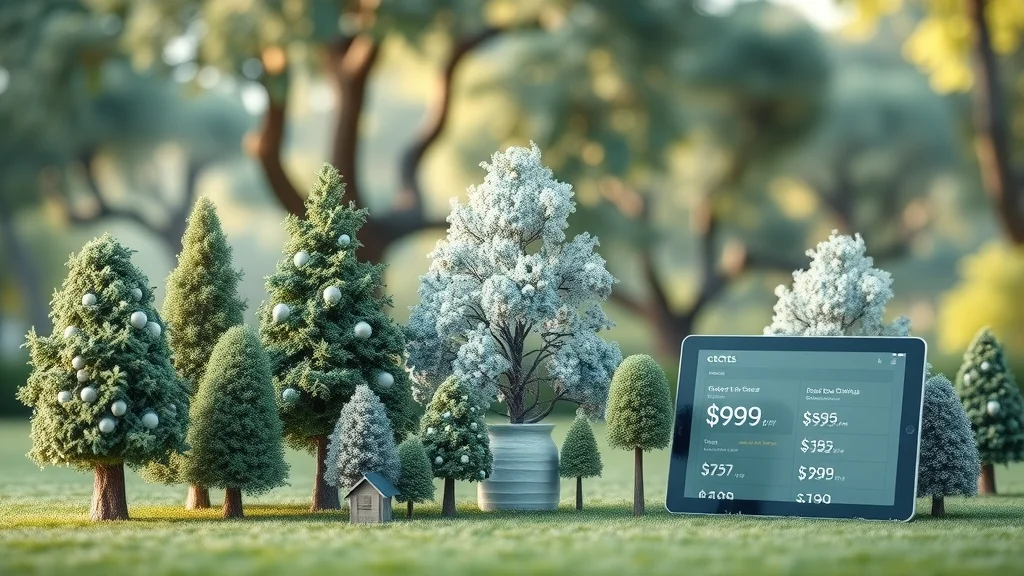
Understanding Removal Cost: Hidden Fees and Considerations
When soliciting quotes for tree removal, it’s crucial to ask about all potential fees. In addition to the basic removal cost, you might encounter charges for travel, debris hauling, site restoration, or dangerous work (such as near power lines). Some companies bundle stump removal in their price, while others treat it as a separate job. Always clarify what is included and request an itemized estimate. It’s also wise to inquire about insurance and proof of certification, as mishaps with uninsured or unqualified contractors can be expensive. For homeowners budgeting for several trees, many companies offer multi-tree discounts, especially during off-peak seasons or with nonprofit/community referrals.
How to Remove a Tree: Choosing the Right Tree Removal Service
Picking a reputable tree removal company is the most critical decision you’ll make. The right professionals safeguard your property, health, and financial interests. There are hundreds of companies in every city, but the difference between a low-priced handyman and an ISA certified arborist can be tremendous. Professional tree removal service companies will have proper licensing, insurance, and a record of satisfied local clients. Look for a company that’s transparent, communicative about risk, and ready to stand behind their work. Don’t be afraid to ask for proof of their credentials—certified arborists and accredited tree removal service firms exist for good reason.
What to Look For in a Tree Removal Company
Your tree removal company should be able to provide clear, written estimates; proof of insurance and professional certifications; and a reference list for similar local projects. A tree expert or certified arborists will always conduct an in-person site inspection before quoting the job. Ask questions about their process: How do they protect your surrounding area and landscaping? Will they handle city permit requirements? How do they manage debris, and what does cleanup look like? The best companies emphasize safety and efficiency, use up-to-date equipment, and offer ongoing support for future tree care.
- Checklist: Finding a Trusted Tree Expert
- ISA certified arborists on staff
- Active liability and workers’ compensation insurance
- Clear and comprehensive written estimates
- Strong local reputation—check reviews and referrals
- Experience with tree removal similar to your needs
- Transparent about pricing, process, and potential risks
- Full-service offerings: removal, stump, cleanup, and health assessment
Why Use Certified Arborists and Professional Tree Removal Services?
Working with certified arborists and truly professional tree removal service providers is non-negotiable for major jobs. They have specialized training to recognize issues invisible to amateurs, can navigate complex removals near structures or power lines, and follow safety codes that protect your property and their workers. In many regions, only certified or accredited tree removal companies are permitted to work around city or utility land. Beyond safety and compliance, these experts also help you protect the investment in your landscape, suggesting strategies to restore soil, plant new specimens, or prevent erosion after removal.
Expert Insight: “Certified arborists are crucial for safe and efficient tree removal.” – Leading Tree Services Association
Tree Stump Removal: What Happens After Tree Removal?
Removing a tree is only half the job—the stump left behind can cause ongoing headaches, from regrowth and pest infestations to tripping hazards and unsightly looks. Tree stump removal is a specialized service, with several options depending on your landscape goals, budget, and timeline. Even if you only opt for stump grinding now, a good tree removal company will help you understand all post-removal options.
Tree Stump Options: Grind, Remove, or Leave in Place?
Once your tree is removed, you have three primary choices for the stump: grinding it down to ground level, completely removing roots and base, or leaving it as-is. Stump grinding is the most common, using heavy equipment to shave the stump until it’s below the surface—great for replanting grass, a flower bed, or just reducing tripping hazards. Full tree stump removal involves excavation, making it ideal for construction or if you want to eliminate any chance of regrowth. Sometimes, leaving the stump is acceptable, especially for non-invasive species or future landscaping. Your choice depends on your plans for the area, budget, and potential risk of pests. Always consult with a tree expert about the pros and cons of each option.
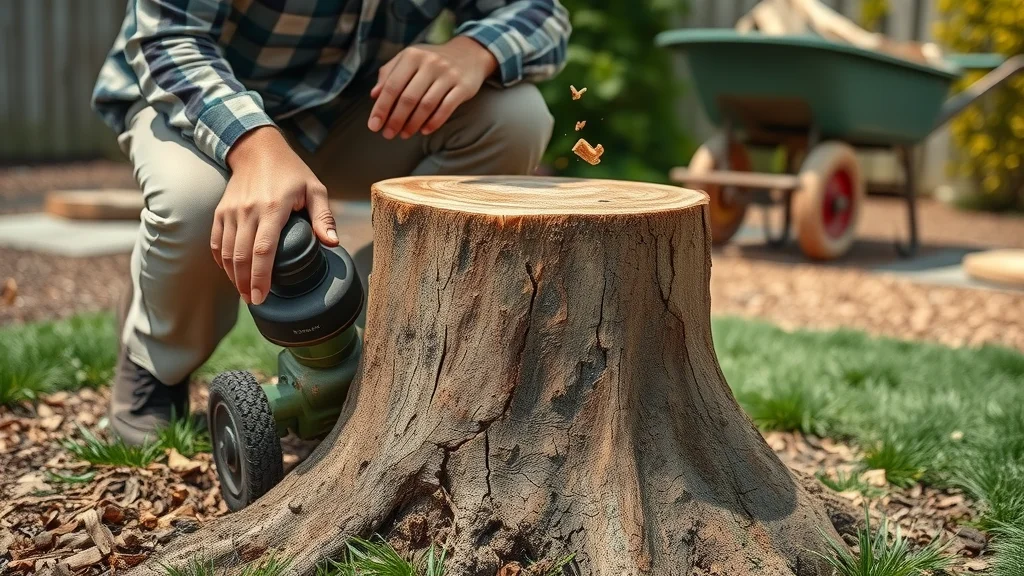
Tree Stump Removal Service Costs
The cost of tree stump removal varies based on size, depth, species, and accessibility. On average, you can expect to pay $85 to $350 per stump, with larger or tougher roots on mature trees costing more. If you’re having multiple trees or stumps addressed, removal companies may offer bundled pricing, saving you money. Note that large excavation jobs or stumps in hard-to-access locations can drive up labor costs. Ask any tree removal service if their quoted price includes full debris cleanup and backfill—these “hidden” steps can make a big difference in your yard’s appearance and safety.
Making Tree Removal Affordable: Tips, Free Removal, and Finance Options
Worried about the cost of tree removal or large unexpected expenses? You have more options than you think. Many cities, nonprofits, and utility companies offer financial help, and there are clever ways to reduce your out-of-pocket costs. Being proactive about maintenance, bundling services, or timing removals in the off-season can all influence your final bill. Never hesitate to ask about discounts, grants, or payment plans—savvy homeowners often save hundreds by exploring every option.
How to Lower Your Tree Removal Cost
There are several ways to save on tree removal without sacrificing quality. Get multiple estimates from reputable, credentialed companies to compare rates and offerings. Consider removing multiple trees or stumps at once for volume discounts. Look for off-season deals—winter and late fall are less busy for tree removal companies and may come with lower rates. You can also prepare the site yourself by clearing debris or moving obstructions, reducing labor time. Inquire about financing or installment plans, especially for larger jobs. Finally, some cities and counties offer grants or cost-sharing programs for tree care and removal, particularly after storms or in utility easement areas.
- Ways to Save: Tree Removal Discounts and Assistance Programs
- Check city or nonprofit grant programs for hazardous tree removal
- Contact your utility—free removal often available for trees near power lines
- Ask about multi-tree or bundled service discounts
- Look for off-season and first-time customer specials
- Explore payment plans or financing through large tree service companies
Can You Remove Your Tree for Free? Exploring Your Options
In some cases, remove your tree at no cost through municipal or utility programs is possible. Trees interfering with power lines or deemed hazardous by city inspectors may qualify for free removal. After major storms, governments and charities often sponsor cleanup events for affected neighborhoods. Even if you don’t qualify for a full waiver, some programs will subsidize part of the cost of tree removal if health and safety are involved. Always ask your local city hall, utility company, or county extension office what help is available before paying out of pocket.
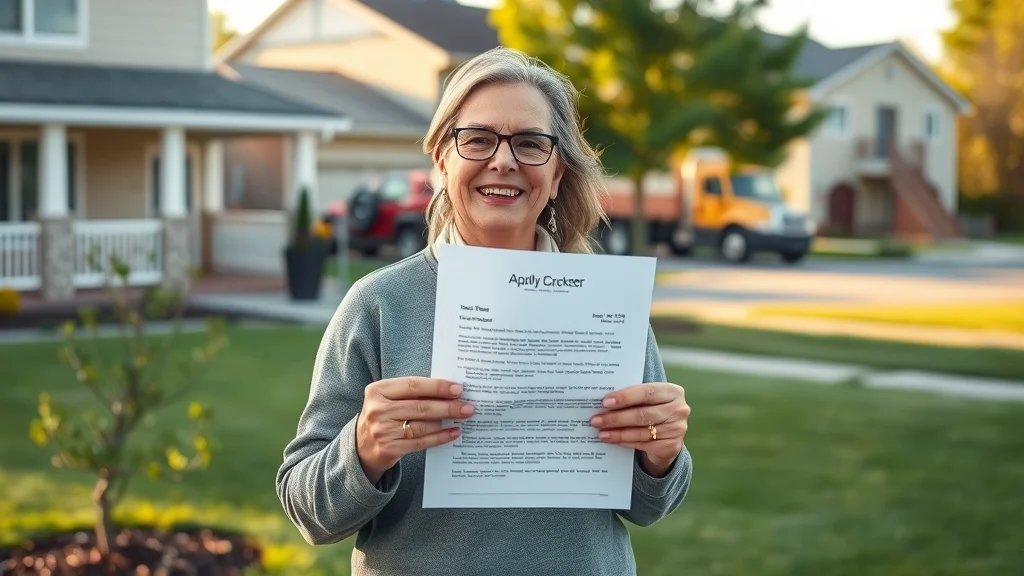
Industry Perspective: "Homeowners can sometimes qualify for free tree removal through municipal or energy company programs."
People Also Ask: Common Questions About Tree Removal
What is the average cost of tree removal in my area?
Answer: The average cost of tree removal varies widely by region, tree size, and difficulty but generally ranges from $300 to $2,000 per tree.
How much does it cost to remove a tree in Columbus Ohio?
Answer: In Columbus, Ohio, tree removal cost typically falls between $400 and $1,200 depending on tree height and complexity.
How to get a tree taken down for free?
Answer: Free tree removal may be available through utility companies if the tree threatens power lines, or via city-sponsored hazardous removal programs.
How much does it cost to remove a tree in Rochester NY?
Answer: In Rochester, NY, removal costs average between $450 and $1,000 per tree with variables including size, accessibility, and stump removal.
FAQs About Tree Removal
How can I tell if my tree needs professional removal?
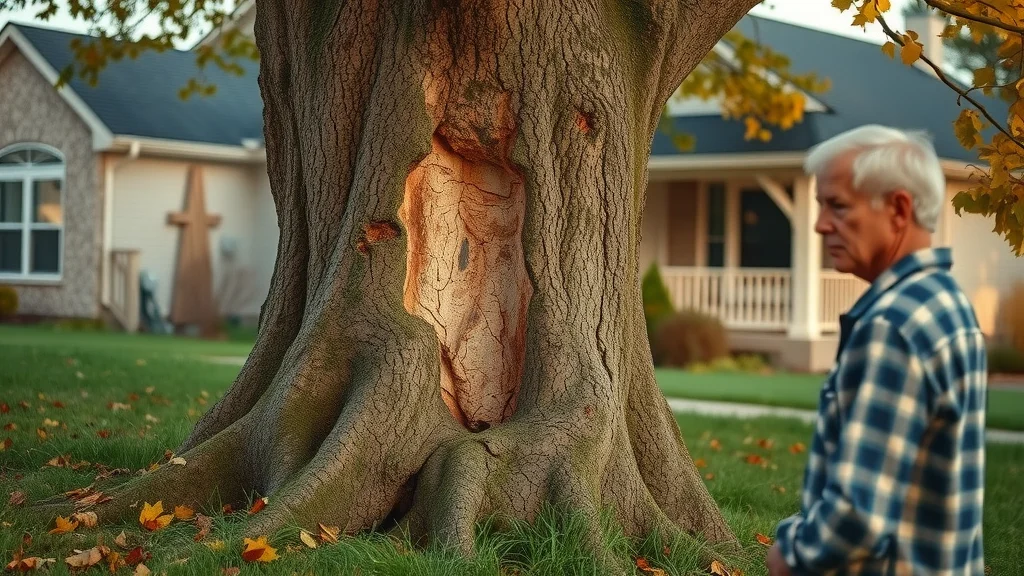
Signs that your tree may need professional removal include visible trunk cracks, dead limbs, fungal growth, root upheaval, or a pronounced lean toward structures or power lines. Trees with cavities, excessive shedding, or damaged bark may also be at risk. If there are changes after a storm or visible pest damage, it’s best to schedule a professional inspection with a tree expert. Early action prevents greater hazards and unexpected costs.
Does tree size matter for removal cost?
Yes—tree size is one of the most significant factors in calculating tree removal cost. Larger, taller trees not only require more labor and equipment, but often pose greater risk to nearby property or utilities. Removing a tall or mature species can cost several times more than a small ornamental tree—plan your budget accordingly.
What certifications should a tree removal company have?
Reputable tree removal companies should employ ISA certified arborists and carry both liability and workers’ compensation insurance. Additional accreditations, like membership in the Tree Care Industry Association or regional safety boards, are a bonus. Don’t hesitate to ask for proof of credentials before hiring—it's a key safeguard for both your property and wallet.
Key Takeaways for Homeowners Considering Tree Removal
- Tree removal is best handled by a certified tree expert for safety and compliance.
- Removal costs depend on tree size, location, and complexity; always get a detailed quote.
- Ask about discounts, assistance programs, and value-adds like free stump grinding.
- Use only insured, licensed, and accredited tree removal companies.
- Don’t delay—acting on visible hazards saves money and reduces risk.
- Call 913-894-4767 for an immediate tree assessment or cost estimate.
Ready to Remove Your Tree? Call Us For Tree Removal 913-894-4767
Don’t wait until a storm or surprise hazard forces your hand. Call us now at 913-894-4767 for fast, professional advice—or a same-day tree removal quote. Our local tree care experts are ready to make your property safe and beautiful again!
Conclusion: Secure Safe, Professional Tree Removal for Your Property
Tree removal should never be left to chance. With the right tree expert on your side, you’ll ensure safety, get your best value, and enjoy total confidence in protecting your property and loved ones.
